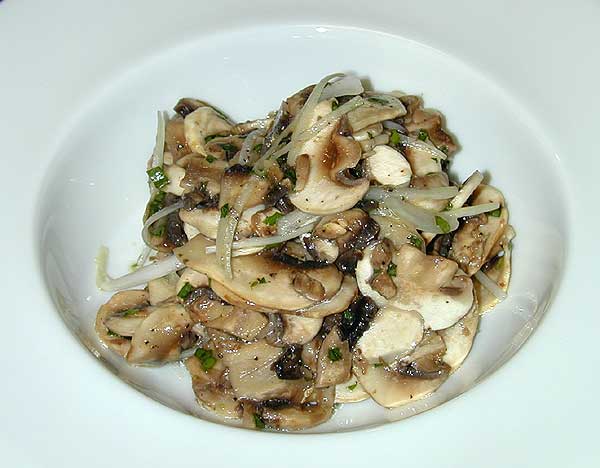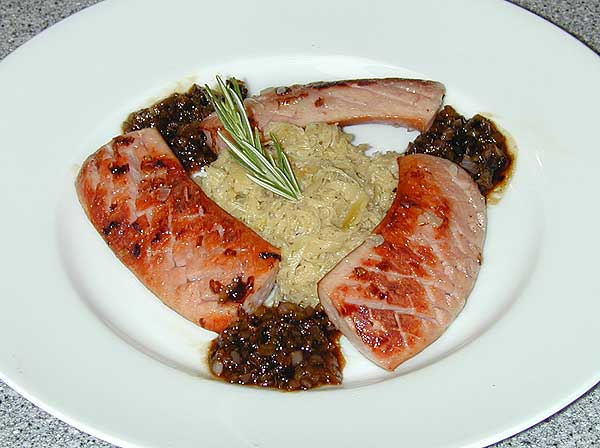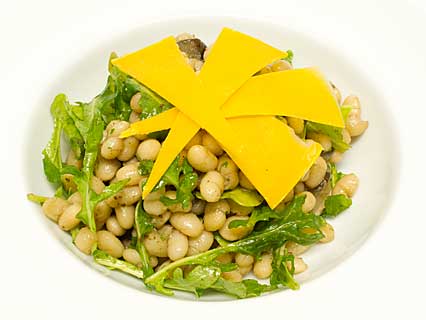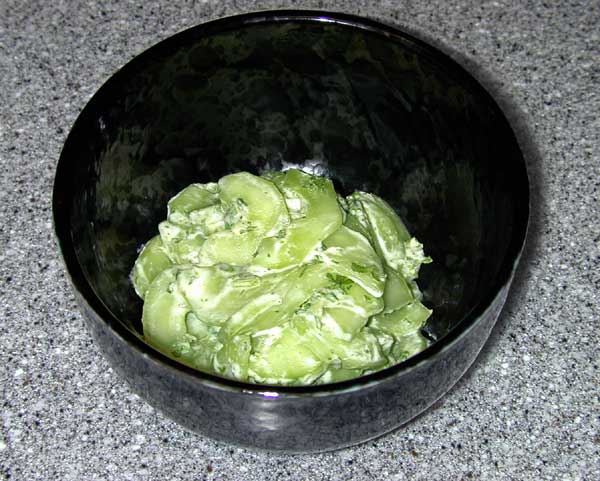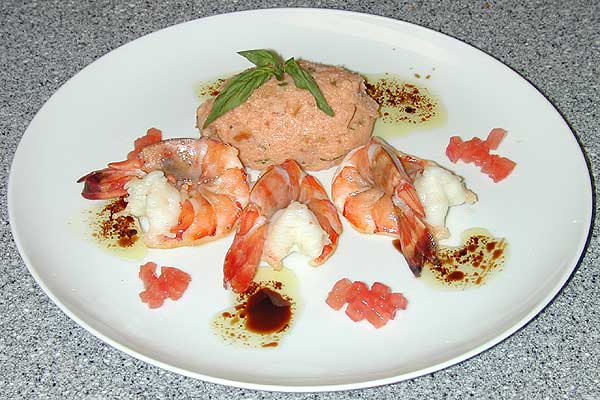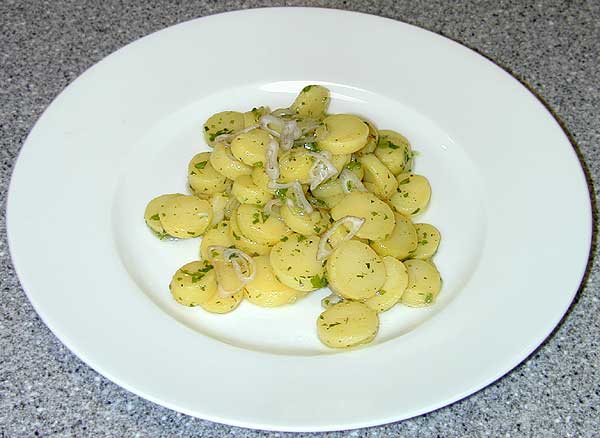The word “salad” means different things to different people. When I was young, salad was the part of dinner I hated. To Shakespeare, salad was an adjective to describe a time of youthful inexperience or indiscretion: “…my salad days when I was green in judgement.” To Escoffier, salads were either simple or compound. English language dictionaries define a salad as either 1) a dish consisting of green, leafy raw vegetables, often with radish, cucumber, or tomato, tossed with a dressing; 2) a cold dish of chopped fruit, meat, fish, eggs, or other food, usually prepared with a dressing; or 3) a green vegetable or herb used in salad, especially lettuce.
In some parts of America, a salad is a bowl of iceberg lettuce topped with a dressing from a bottle — maybe there’s a tomato added for color. To those who despise iceberg lettuce, Ogden Nash’s words ring true:
I cheerfully forgive my debtors,
But I’ll never pardon iceberg lettuce,
A pallid package of rigidity,
A globe of frozen insipidity.
Luckily for most of us, a salad is more than iceberg lettuce. In fact, a salad may contain no lettuce at all.
The earliest reference to salad in the Oxford English Dictionary is from a late 14th-century cookbook titled Forme of Cury:
Salat. Take persel, sawge, garlec [etc.] … waishe hem clene … and myng hem wel with rawe oil, lay on vyneger and salt, and serve it forth.
T. Sarah Peterson, in Acquired Taste, confirms that the above example is the only reference to salads she found in any of the 14th- and 15th-century French cookbooks she examined.
Judging from the French language cookbooks I have reviewed, salads are either given a separate section or represented generously throughout the text. French cooking magazines regularly have whole issues devoted to salads. And why not? When the weather is warm and the ingredients are fresh, salads of many forms make for good eating.

In selecting the recipes to include under the category of salads, I made the arbitrary decision to only include recipes where the original author started the title with the word “salade.” I also arbitrarily decided to exclude fruit and other salads generally eaten for dessert. Many of these recipes in the list are for salads without any lettuce. Others combine greens with other ingredients.
- Salade Cressonnière
- Salade de Bœuf aux Oignons Fanes Frits
- Salade de Champignons
- Salade de Choucroute Crue aux Cervelas Rôtis
- Salade de Cocos, Sheetakés et Vieille Mimolette
- Salade de Concombres à la Crème de Cerfeuil
- Salade de Foies de Volailles Tièdes
- Salade de Foie Gras Chaud aux Raisins
- Salade de Pain au Basilic
- Salade de Pâtes au Poulet et aux Œufs Durs à la Mayonnaise
- Salade de Pommes de Terre à la Parisienne
- Salade Frisée à la Lyonnaise
Other salad recipes previously published elsewhere on this web site:
©2000, 2014 Peter Hertzmann. All rights reserved.




